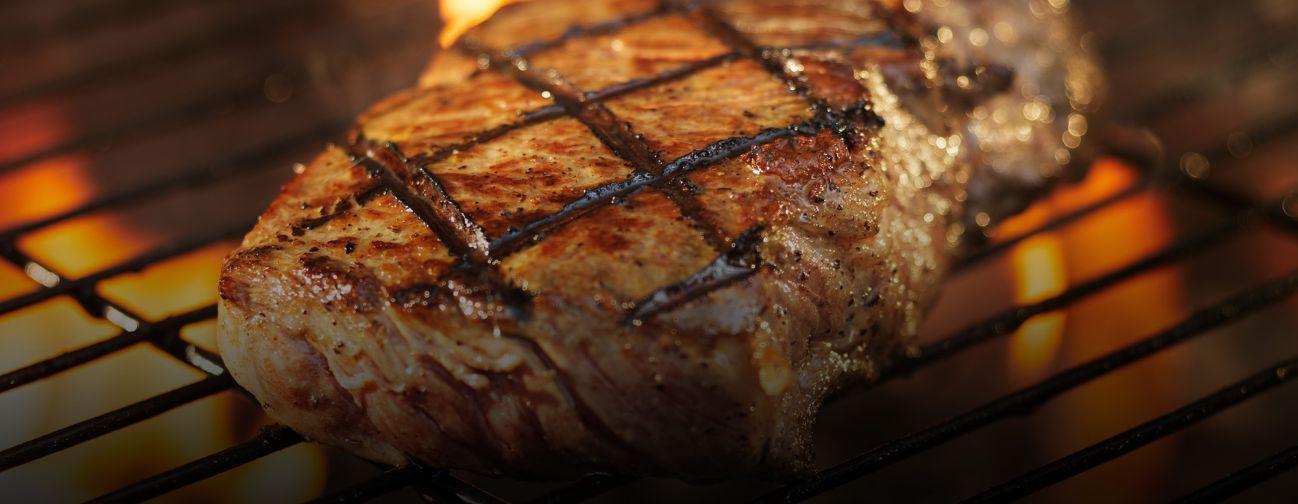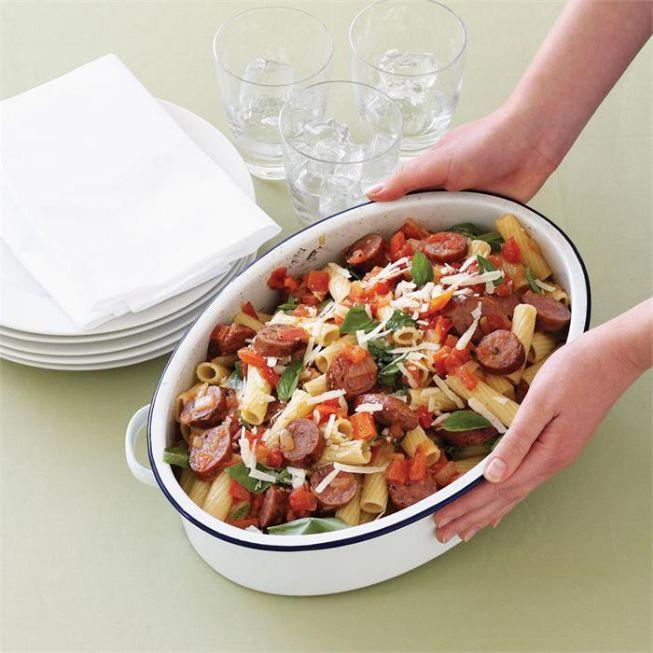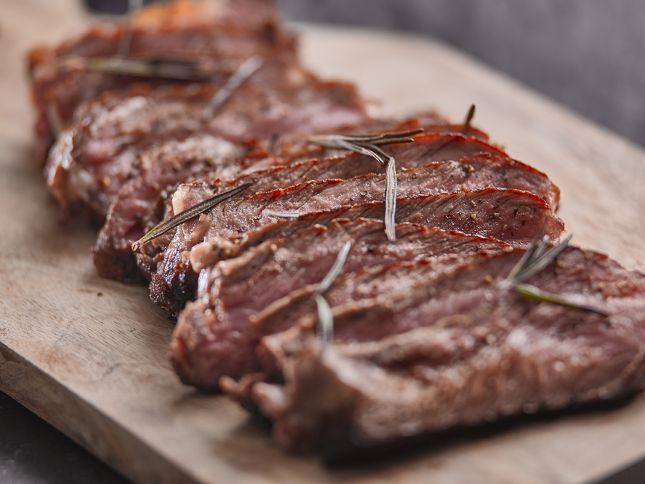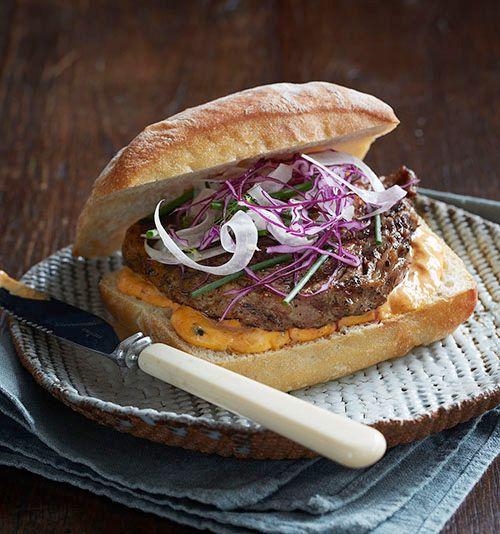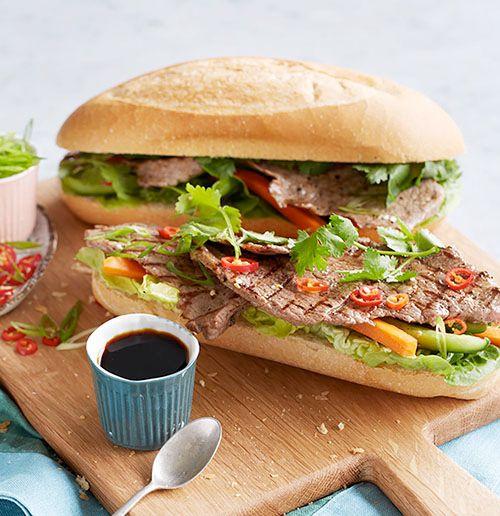- Home page
- Dive into cooking methods 101
- Cooking methods
- How to grill like a pro
Most cooks understand the steps needed for the quick, dry-heat techniques of grilling or chargrilling, but they can sometimes fail in practice. These steps and helpful tips will ensure a great result every time.
Easy steps to perfectly grill beef and lamb

Step 1 - Preheat the char-grill pan or plate to hot before adding the meat. Brush each steak lightly with oil instead of oiling the pan.

Step 2 - Cook one side until the first sign of moisture appears on the upper side, turn and cook the other side. Turn once only for rare and medium. For well done turn a second time once moisture re-appears and reduce temperature until cooked.

Step 3 - Rather than timing, test the meat for degree of doneness with tongs. Use the back of the tongs or the blunt end to prod the meat in the thickest part. With practise you can judge the meat's readiness by touch. Rare is soft, medium is springy and well done is very firm. For tips on this technique have a look at the "How to cook the perfect steak" and "How to tell when meat is ready or 'done' pages".

Step 4 - Remove meat from heat, loosely cover with foil and rest for a few minutes to allow the meat fibres to relax and reabsorb their juices before serving.
Beef and lamb thickness
- For the best results when char-grilling, lamb cuts should have a minimum thickness of 15mm
- For the best results when char-grilling, beef cuts should have a minimum thickness of 21mm
- Steaks over 30mm in thickness that are cooked above medium should also be finished in a hot oven, or with the hood on the barbecue down. If cooking on an open barbecue, reduce the heat to medium, move the meat to a cooler part of the barbecue plate to finish. For more detailed information, please refer to our ‘How to cook a steak’ page.

Grilling tips
- Marinating. If the beef or lamb has been marinated, lightly pat it dry with paper towel.
- Take the meat from the fridge a few minutes before cooking. If the meat is chilled the rate of cooking will be slowed down. As char-grilling is a quick cooking method the end result will be better if meat is at room temperature before cooking. Take it from the fridge about 10 minutes before you cook (no longer). Ensure it is not left in direct sunlight.
- When you grill meat (under the griller) it should be placed on a cold grill tray. This prevents the meat sticking and becoming difficult to turn. Cut through any fat and membrane to the lean meat at about 3cm intervals. This stops thin steak buckling as it cooks.
- When you use a char-grill pan or plate it’s important to preheat the pan or plate to hot before you begin to cook
- Don't cut meat with a knife to test if it's ready. This will make the juices escape making the meat dry and tough. This is especially important with cooking thin steaks. Test the meat for degree of doneness with tongs as described above in Step 3.
- Always rest meat after it comes off the heat. This allows the juices, which have been driven to the centre of the meat by the heat to return to the surface. If given the time to rest the meat will lose less juice when you cut it and when you eat it the meat will be juicier and tastier.
Best cuts for grilling
Beef
Fillet/tenderloin, rib eye/scotch fillet, sirloin/porterhouse/New York, t-bone, rump, round, blade and oyster blade
Lamb
Steaks (round or topside), fillet/tenderloin, eye of shortloin/backstrap, loin chops, leg chops, chump chops, spare ribs and lamb cutlets

